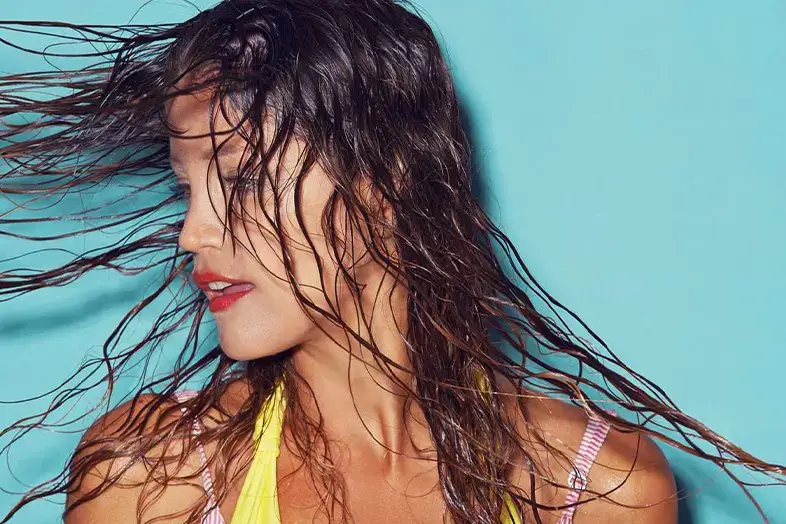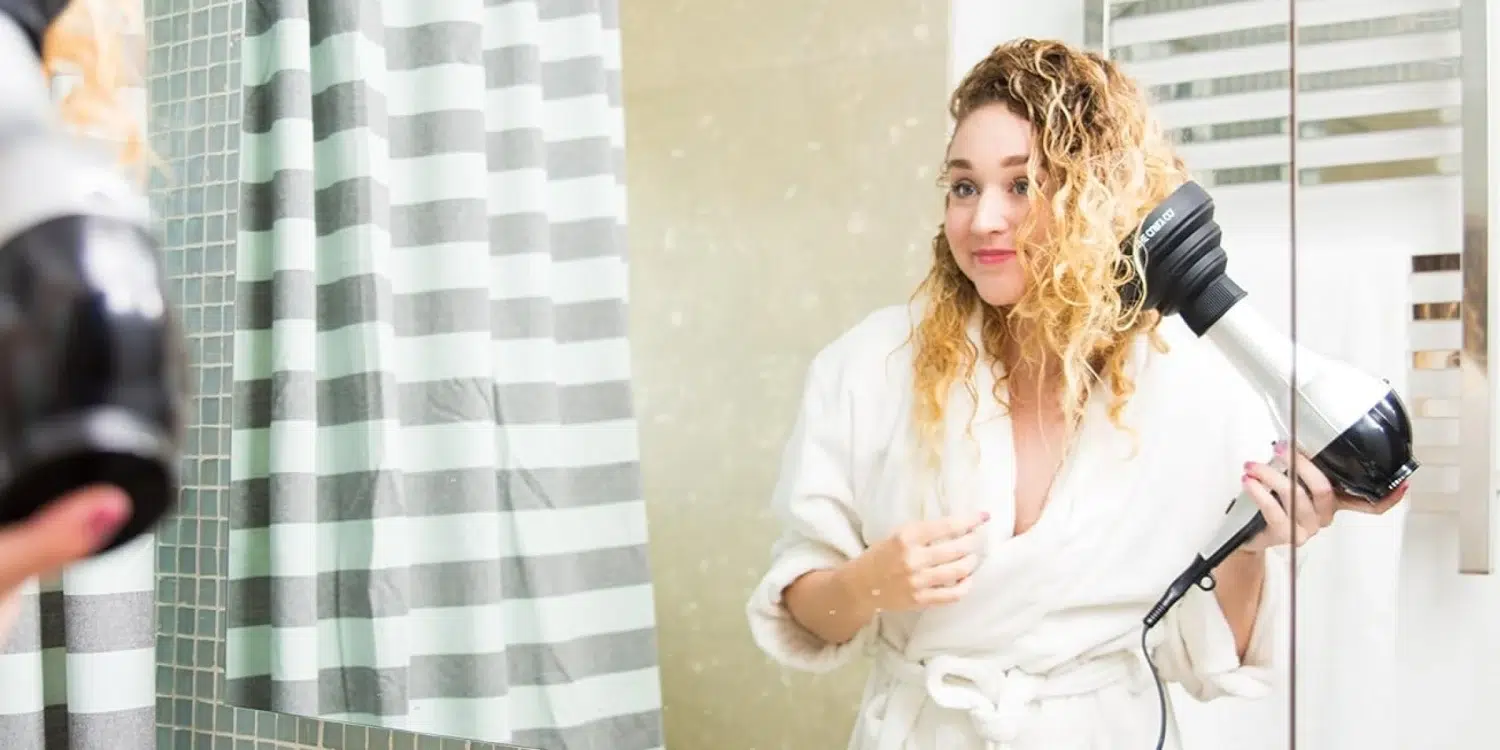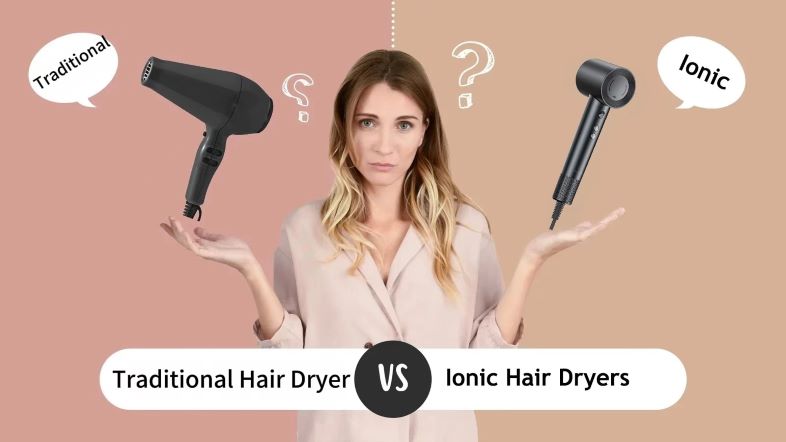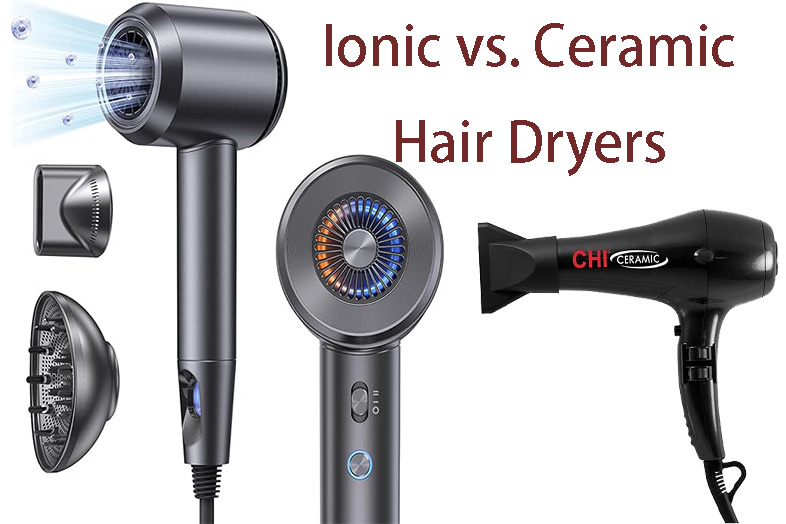In recent years, the beauty and wellness industry has witnessed a significant shift towards natural and sustainable practices. Among these changes, the natural hair care movement has gained momentum, championing the use of fewer chemicals and heat-styling tools. This movement isn’t just about embracing your hair’s innate texture and shape; it’s a step towards healthier hair and a healthier environment. By reducing the reliance on electrical styling tools, such as hair dryers, individuals contribute to lower energy consumption and a reduced carbon footprint. The natural dry movement is not merely a trend but a lifestyle choice that celebrates diversity, sustainability, and the beauty of our natural selves.
Moving away from hair dryers offers a multitude of benefits. Firstly, it reduces heat damage that can lead to breakage, split ends, and frizz. Natural drying preserves the hair’s moisture balance, enhancing its strength and elasticity. This method also encourages the scalp’s health, reducing the risk of dryness and irritation caused by heat. Additionally, the time and effort saved by skipping the blow-dry routine can be redirected towards nurturing hair care practices, such as scalp massages and deep conditioning treatments. Embracing air drying is not only a commitment to personal wellness but also an act of environmental consciousness.
Understanding Your Hair Type
Identifying Your Hair Type
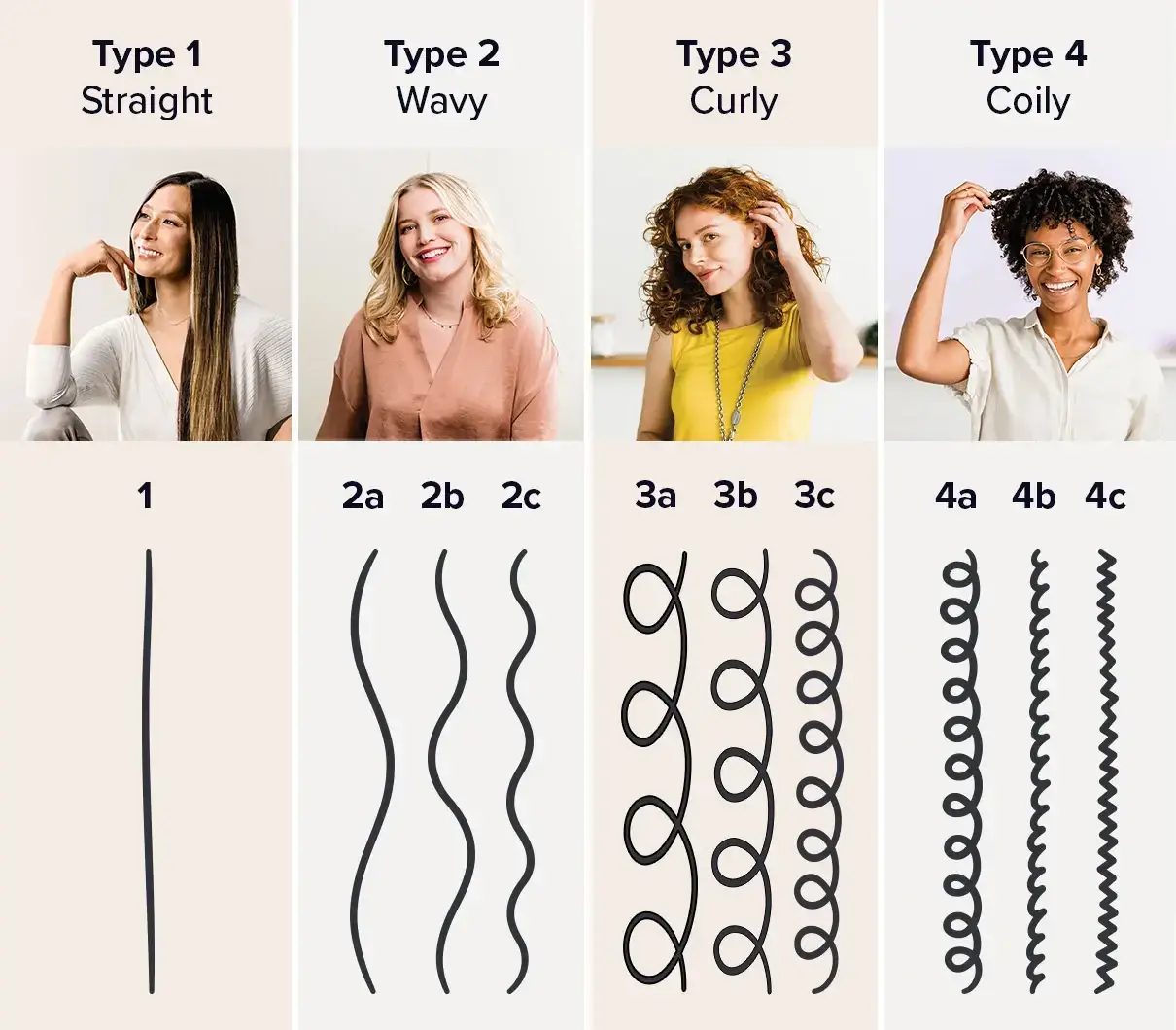
Recognizing your hair type is crucial in adapting to a hair dryer-free lifestyle. Hair types are commonly classified into four categories: straight, wavy, curly, and coily, with subcategories that further define the hair’s texture and porosity. Understanding these characteristics helps in choosing the right care and styling methods. For instance, fine straight hair may require different care than thick coily hair. Identifying your hair type is the first step towards a tailored hair care routine that respects your hair’s natural tendencies.
How Different Hair Types React to Air Drying
Each hair type responds uniquely to air drying. Straight hair might dry quickly and risk looking limp without proper volume-enhancing techniques. Wavy hair could develop a beautiful texture but might also become frizzy if not handled correctly. Curly hair benefits greatly from air drying, as it helps define curls without disrupting their natural pattern. However, without the right products, it can lose definition. Coily hair might take the longest to dry and requires ample moisture to maintain its elasticity and prevent breakage. Understanding these nuances is key to mastering natural drying techniques that work for your hair type.
Preparation Is Key: Steps Before Drying
Washing Techniques for Better Air Drying

The foundation for a successful air-dry begins with how you wash your hair. Using lukewarm water opens the hair cuticle for deep cleaning without causing excess dryness. Opt for sulfate-free shampoos to cleanse without stripping natural oils and use a scalp massager to promote circulation and remove buildup. A thorough rinse ensures no residue is left, which can weigh hair down during the drying process. Implementing these washing techniques sets the stage for a smooth and effective air-drying experience.
Conditioning: The Foundation of Moisture
Conditioning is paramount in preparing your hair for air drying. It restores moisture and repairs damage, creating a smooth surface for water to evaporate without causing frizz or flyaways. For fine hair, lightweight conditioners prevent heaviness, while thick or dry hair types might benefit from richer, more hydrating formulas. Leave-in conditioners can offer continued moisture for curly and coily textures, ensuring that as hair dries, it retains its softness and definition. Proper conditioning not only facilitates better air drying but also contributes to the overall health and appearance of your hair.
The Art of Towel Drying
Choosing the Right Towel

The journey to healthier hair begins the moment you step out of the shower, starting with the type of towel you use. Traditional terrycloth towels can be harsh on your hair, causing friction that leads to frizz and breakage. Instead, opt for a microfiber towel or a soft, old t-shirt. These materials are gentler on the hair, reducing friction and helping to maintain the integrity of your hair strands.
Techniques to Minimize Frizz
To minimize frizz, adopt the “plop” technique, especially beneficial for wavy to coily hair types. Lay your microfiber towel or t-shirt flat, flip your head forward letting your hair fall onto it, then wrap and twist the towel around your head, securing it to gently absorb water without rubbing. For straight hair, gently wrap the hair in the towel or t-shirt and squeeze lightly, allowing the material to absorb the moisture without roughing up the hair cuticle.
Natural Drying Techniques for Every Hair Type
Straight Hair: Achieving Smoothness
To achieve a smooth finish, gently pat your hair with a microfiber towel post-wash. Apply a lightweight leave-in conditioner or serum, combing through with a wide-tooth comb to evenly distribute the product. Allow your hair to air dry, occasionally combing through to keep strands aligned and smooth.
Wavy Hair: Enhancing Your Natural Waves
After gently towel-drying with a plopping method, apply a mousse or light gel to damp hair. Scrunch the product into your hair to encourage wave formation. Avoid touching your hair as it dries to prevent frizz. For added volume, flip your hair from side to side occasionally as it dries.
Curly Hair: Defining Curls Without the Crunch
Start by using the plopping method with a microfiber towel to remove excess water. Apply a curl-defining cream or gel using the praying hands method, then scrunch upwards to encourage curl formation. Allow your hair to dry naturally. If needed, once dry, lightly fluff at the roots for volume but avoid combing through the lengths to maintain definition.
Coily Hair: Keeping Coils Hydrated and Defined
After washing, use a t-shirt or microfiber towel to gently press out water. Apply a generous amount of leave-in conditioner or curl cream to seal in moisture. Use your fingers to detangle and define coils, or twist sections for more defined coil patterns. Let your hair air dry, keeping manipulation to a minimum to retain moisture and definition.
The Role of Leave-In Treatments and Oils
Best Products for Your Hair Type
Straight Hair: Lightweight leave-in conditioners or serums to smooth and add shine without weighing hair down.
Wavy Hair: Mousse or light-hold gels that enhance wave patterns and provide hold without stiffness.
Curly Hair: Hydrating curl creams or gels that define and moisturize, reducing frizz.
Coily Hair: Rich leave-in conditioners and oils that provide deep moisture and help define coils.
How to Apply Products for Optimal Drying and Styling
Apply products to damp hair, not soaking wet, to ensure they’re absorbed effectively. Use the praying hands method for even distribution and to avoid disrupting the hair’s natural pattern. For oils, warm them in your hands before applying to the ends and any particularly dry areas to seal in moisture and add shine.
Protecting Your Hair While It Dries
Avoiding Environmental Damage
To protect your hair from environmental damage, avoid prolonged exposure to the sun, wind, and pollution as it dries. If you need to be outdoors, consider wearing a hat or scarf to protect your strands. Indoors, try to stay in a well-ventilated area away from direct heat sources.
Tips for Overnight Drying
For those who prefer to wash their hair at night, sleeping on a silk or satin pillowcase can reduce friction and prevent frizz. For curly and coily hair types, consider the “pineapple” method—gathering hair gently at the top of your head—to preserve curl patterns and volume. Alternatively, loosely braid or twist your hair to protect it while you sleep.
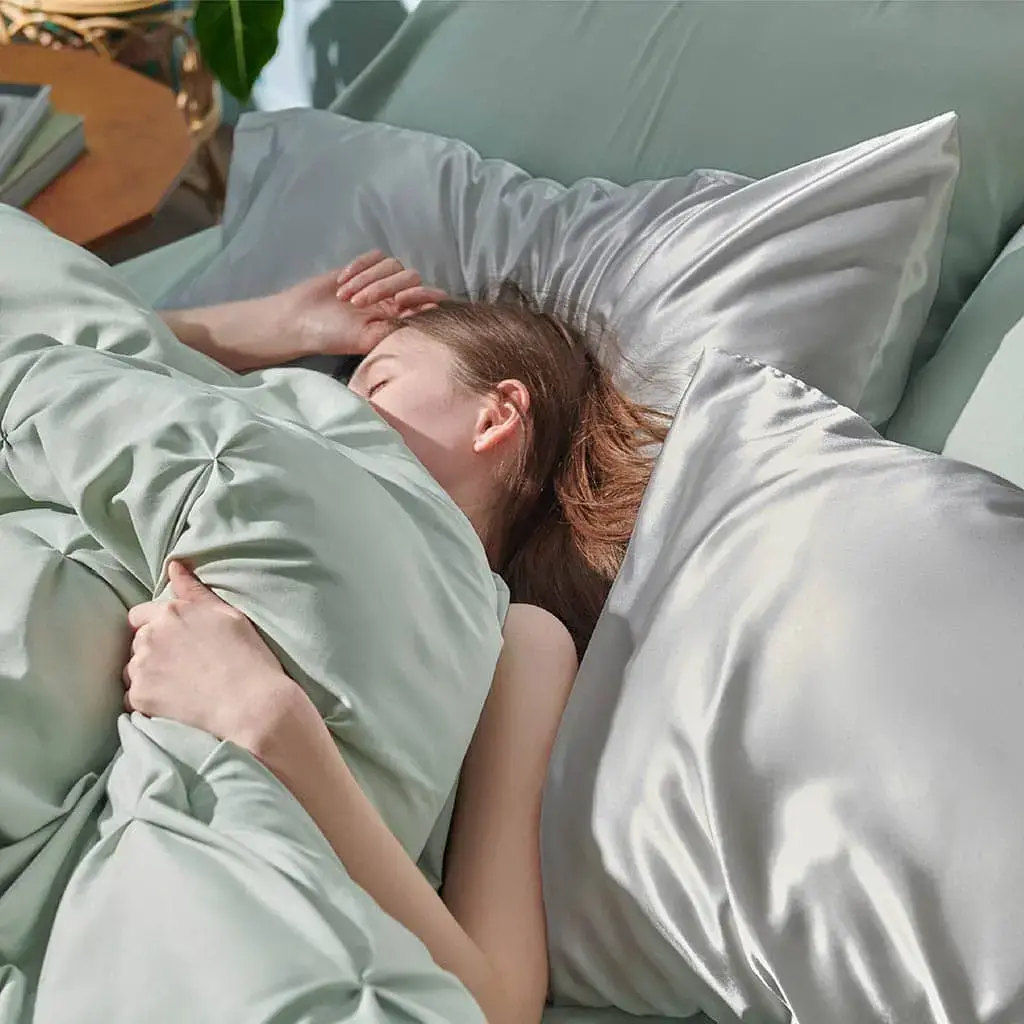
Styling Without Heat: Embracing Your Natural Texture
Tools and Accessories for Styling Air-Dried Hair
Transitioning to air-dried hair doesn’t mean sacrificing style. In fact, embracing your natural texture opens up a world of possibilities. To enhance your hair’s natural beauty, consider integrating tools like wide-tooth combs for gentle detangling and hair clips for creating effortless updos. Fabric scrunchies minimize breakage, while soft headbands offer a stylish solution for managing hair without tension. For those looking to define their curls or waves, diffuser attachments that mimic air-drying can be used on cool settings to avoid heat damage.
Creative Styling Techniques
Styling air-dried hair leans heavily on technique. For volume, flipping your hair from side to side as it dries naturally lifts roots. Braiding damp hair can result in beautiful waves, whereas twisting sections can enhance natural curls. For a sleeker look, combing hair back and letting it dry tied down can reduce frizz. Experimenting with natural textures also means getting creative with accessories; think hairpins for a chic updo or silk scarves for a bohemian flair.
Common Challenges and Solutions
Dealing with Time Constraints
One major concern is the perceived time investment needed for air drying. To combat this, plan your wash days according to your schedule, allowing hair to dry overnight or while you tackle other tasks. Microfiber towels can significantly reduce drying time by absorbing more water than traditional towels.
Managing Expectations: Embracing Your Hair’s Natural Beauty
Adjusting to your natural texture may come with challenges, especially if you’re used to heat styling for a particular look. Celebrate small victories in your hair journey, and remember that hair health improves over time with reduced heat styling. Embracing your natural texture is a process of relearning what your hair can do on its own, finding beauty in its uniqueness.
Real-Life Success Stories: The Journey to Natural Drying
Interviews and Testimonials
Hearing from others who’ve embraced their natural hair texture can be incredibly motivating. This section features stories from individuals who’ve seen remarkable improvements in hair health and personal confidence since ditching the hair dryer. They share tips, routines, and the emotional impact of accepting their natural hair, providing readers with relatable and inspiring journeys.
Before and After Transformations
Visual proof of the benefits that come from air drying can be powerful. This segment showcases before and after photos of individuals who have transitioned to air-drying, highlighting the improved texture, volume, and overall health of their hair. These transformations serve as tangible evidence of what’s possible when you let nature take the lead in your hair care routine.
Maintaining Healthy Hair in a Hair Dryer-Free Lifestyle
Routine Maintenance Tips
Maintaining healthy hair goes beyond just drying techniques. Incorporating a gentle cleansing routine, using moisturizing and protein-balancing treatments, and protecting hair from environmental stressors are key. Regular scalp massages can also promote circulation and hair growth.
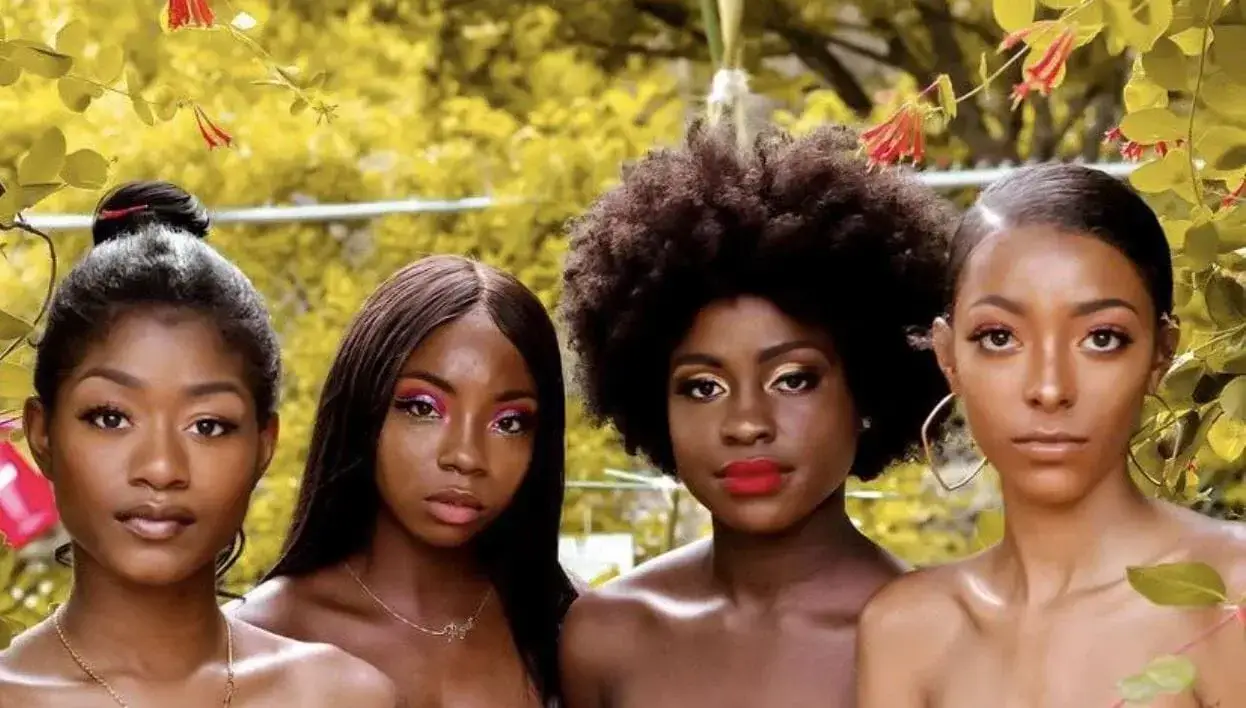
When to Trim and How to Keep Hair Looking Its Best
Regular trims are essential to prevent split ends and promote healthy hair growth. The frequency of trims can depend on hair type and personal growth rate, but generally, every 6-8 weeks is recommended. Additionally, using silk or satin pillowcases can help reduce friction and prevent breakage during sleep.
Conclusion: The Future of Hair Care Is Natural
Embracing a hair dryer-free lifestyle is more than just a change in routine; it’s a commitment to healthier hair and a more sustainable way of living. This journey encourages us to redefine beauty standards, accepting and celebrating natural textures in all their diversity.
The move towards air-drying not only benefits our hair but also the environment by reducing energy consumption. As more people adopt natural hair care practices, the collective impact can lead to significant environmental benefits. This shift also fosters a community that values health and sustainability, paving the way for future innovations in hair care that align with these principles.
